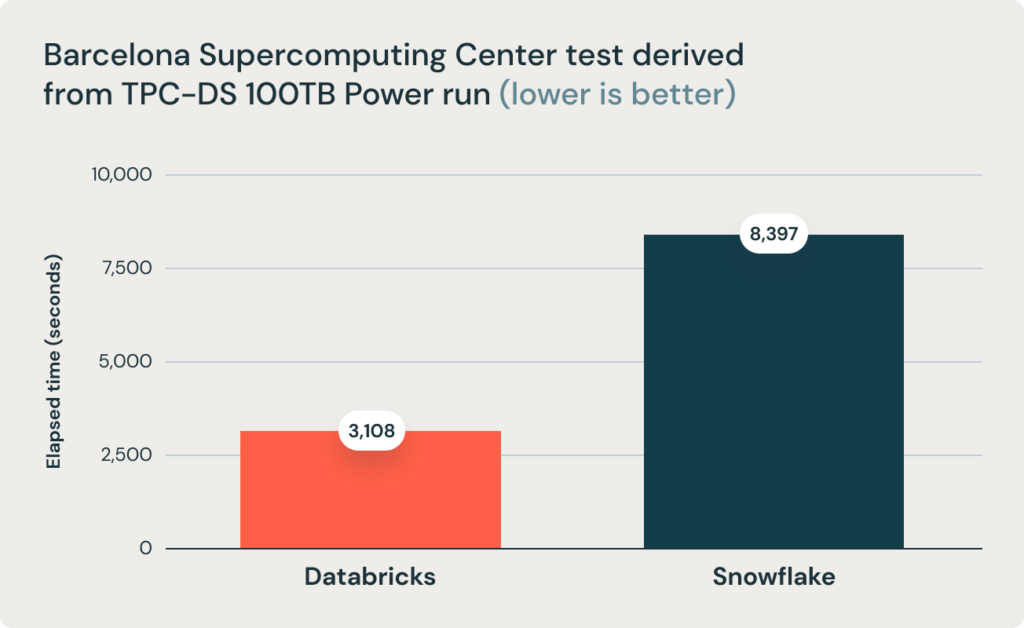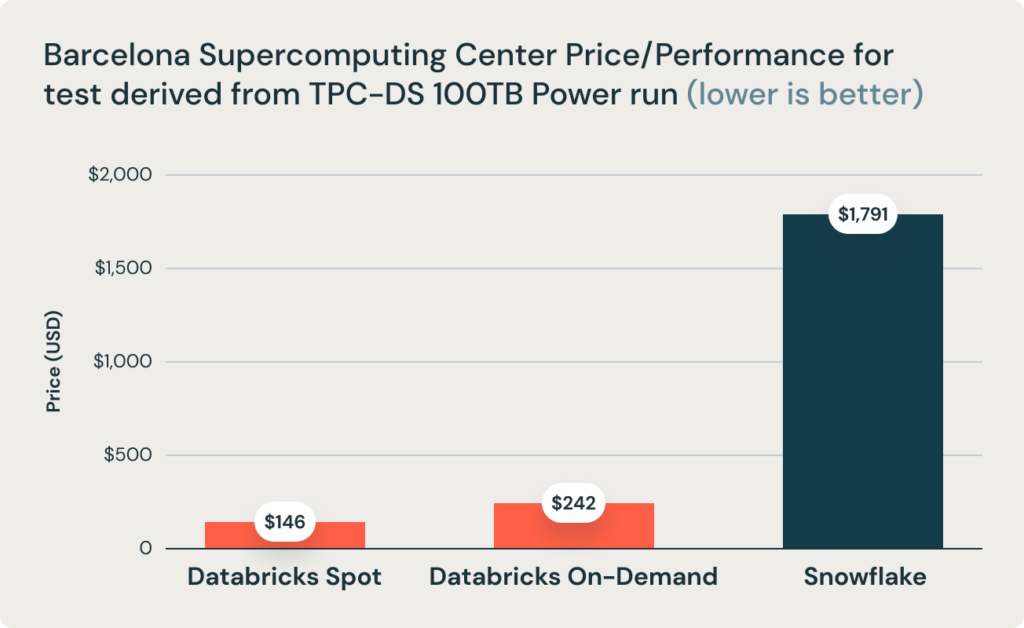- The Metaverse: What It Is, Where to Find it, and Who Will Build It. Technology frequently produces surprises that nobody predicts. The most common conceptions of the Metaverse stem from science fiction. Here, the Metaverse is typically portrayed as a sort of digital “jacked-in” internet – a manifestation of actual reality, but one based in a virtual (often theme park-like) world, such those portrayed in Ready Player One and The Matrix. And while these sorts of experiences are likely to be an aspect of the Metaverse, this conception is limited in the same way movies like Tron portrayed the Internet as a literal digital “information superhighway” of bits. (Matthewball.vc)
- GE and the Belief in Management Magic. The breakup of an American colossus reveals an essential corporate truth: No stratgy can erase decades of bad decisions – or counteract irreversible changes in how business is done. In the early 2010s, GE pushed a big-data and analytics platform for the “industrial internet” that it called Predix, reportedly spending some $5 billion on it. That was much too little, much too late. In the meantime, Microsoft Corp. , Amazon.com Inc. and others had grown into conglomerates for the new age, offering a suite of technology services much the way GE had long filled the basic needs of industry. (WSJ)
- University of Washington study: Deep learning reveals 3D models of protein machines. Proteins are made up of strings of amino acid building blocks, but they need to fold correctly to work. IPD’s RoseTTAFold and DeepMind’s AlphaFold have been used to predict the shapes of thousands of proteins since their release. Inside cells, proteins often interact with each other in machine-like protein complexes that perform a variety of tasks. Many approved drugs also interfere with protein complexes, such as chemotherapies that hijack machinery involved in DNA replication and cell division. (GeekWire)
- The Chip That Could Transform Computing. It was Intel’s co-founder Gordon Moore who famously predicted that computer chips would keep getting unimaginably more powerful. And it was Intel’s products, the x86 line of microprocessors at the heart of just about every personal computer, that turned Moore’s prophesy into a governing “law” of tech. The promise that every year, Intel’s new chips would be much faster than its old chips set the rhythm for advances across the entire industry. (NYT)
- When algorithms go bad: Zillow, Amazon, Facebook and the pitfalls of rampant automation. The downfall of Zillow’s iBuying business is a reminder of the downsides of relying too much on automation and machine learning algorithms at this stage in the evolution of technology. (GeekWire)
- Managing AI Decision-Making Tools. The nature of micro-decisions requires some level of automation, particularly for real-time and higher-volume decisions. Automation is enabled by algorithms (the rules, predictions, constraints, and logic that determine how a micro-decision is made). And these decision-making algorithms are often described as artificial intelligence (AI). The critical question is, how do human managers manage these types of algorithm-powered systems? (HBR)
Category: Newreel
Databricks vs Snowflake: Performance blog war!
Healthy and open competition is great for any industry, especially the technology industry that is super conscious of price/performance. Databricks and Snowflake are two great companies duking it out in this price/performance game recently. They’ve published blogs with claims and counter claims. Great insights provided by both blogs and interesting read as well. If you are too rushed to read the entire blog(s), the images below gives you a snapshot of what is said in the blogs. Enjoy!.
Earlier this month, Databricks published a blog claiming “World record” performance for processing 100TB tpc-ds benchmark. It also said corroboration by Barcelona supercomputing center (BCS). And squarely aimed it at Snowflake!https://databricks.com/blog/2021/11/02/databricks-sets-official-data-warehousing-performance-record.html

Source link

Source link
Yesterday, Snowflake published a counter blog (written by the founders benoit and thierry). Basically says, you don’t need a third party, just do it yourself in our cloud platform, it is so simple to verify!!.https://www.snowflake.com/blog/industry-benchmarks-and-competing-with-integrity/
Source Link
Source Link
Late Week Reading
- Chip Shortage Creates New Power Players. The shortage has also sharply bolstered the influence of lesser-known chip makers such as Microchip, NXP Semiconductors, STMicroelectronics, Onsemi and Infineon, which design and sell thousands of chip varieties to thousands of customers. These companies, which build many products in their own aging factories, now are increasingly able to choose which customers get how many of their scarce chips. (NYT)
- The coming battle over electric-trucks. Hydrogen fuel cells create electricity via a chemical reaction between hydrogen, which is stored in tanks just like diesel, and oxygen. The electricity generated by the fuel cell powers the electric motor in the truck. The hydrogen tanks can be refilled, just like cars and trucks fill up at the pump today. (WSJ)
- Bitcoin For the Open Minded Sceptic. There has been no shortage of writing about Bitcoin over the past 11 years. This paper does not claim any novel insight. Instead, it is a summary of the conversation we often have with investors seeking to understand Bitcoin for the first time. (MattHuang)
- How Data is Reshaping Real Estate. Tech start-ups are offering new tools to help retailers and entertainment venues be more efficient by counting crowds, tracking foot traffic and following local shopping habits. The growing volume of data on consumer and crowd behavior is having significant implications on real estate design. It’s making even physical space more interactive for marketers (NYT)
- AI-driven search engine You.com plans to reimagine search in the coming years with a completely new approach to finding information online. We’re constantly searching for answers to our questions, be it at work, when interacting with other people or in our personal lives. This is exactly what You.com is trying to solve. (Medium)
- How NFTs Create Value. NFTs have fundamentally changed the market for digital assets. Historically there was no way to separate the “owner” of a digital artwork from someone who just saved a copy to their desktop. Markets can’t operate without clear property rights: Before someone can buy a good, it has to be clear who has the right to sell it, and once someone does buy, you need to be able to transfer ownership from the seller to the buyer. NFTs solve this problem by giving parties something they can agree represents ownership. In doing so, they make it possible to build markets around new types of transactions — buying and selling products that could never be sold before, or enabling transactions to happen in innovative ways that are more efficient and valuable. (HBR)
Early Week Reads
- Evolution of search engines architecture – Algolia New Search Architecture
- Databricks Sets Official Data Warehousing Performance Record. Databricks SQL delivered 32,941,245 QphDS @ 100TB. This beats the previous world record held by Alibaba’s custom built system, which achieved 14,861,137 QphDS @ 100TB, by 2.2x. (Alibaba had an impressive system supporting the world’s largest e-commerce platform). Not only did Databricks SQL significantly beat the previous record, it did so by lowering the total cost of the system by 10% (based on published listed pricing without any discounts). (Databricks Blog)
- Is Bitcoin Too Big to Fail? The hand-wringing has been at its fiercest over Bitcoin’s possible exposure to systemic risk, both existential and otherwise. Chief among those concerns is whether a crypto crash, taking place in what is effectively a parallel, decentralized financial universe, might spill over into the traditional financial system. The fact that so many exchanges and crypto intermediaries remain offshore and unregulated continues to fan fears. (Institutional Investor)
- Why the Chip Shortage Hasn’t Been Fixed Yet. As with any complex supply-chain quagmire, there are a number of different factors that are building on one another, which means there isn’t one simple fix to the semiconductor shortage. Here’s a breakdown of what’s likely to making it so bad—and a clue to when you’ll finally be able to get your hands on a Nintendo Switch. (Slate)
- Need a New Knee or Hip? A Robot May Help Install It. Today, Mr. Cohen says, models of a bone implant can be superimposed on a 3-D model of a patient’s joint. “This information is imported directly into the robot in the O.R.,” he said, which then “executes the procedure with a level of accuracy and precision that we have never seen.” ( NYT )
- On the 100th Anniversary of ‘Robot,’ They’re Finally Taking Over. In a century-long dialogue between inventors of fictional and actual robots, engineers have for the most part been forced to play catch-up, either realizing or subverting the vision of robots first expounded in books, movies and television. Now, the reality of robots is in some areas running ahead of fiction, even ahead of what those who study robots for a living are able to keep track of. WSJ
Nikola Motors Fraud
How to Lie Your Way to $34 Billion. If you want to understand what happened to the Tesla’s challenger in the EV trucking industry, this short video is a great start. It is astonishing that even after federal lawsuit and proving that the entire thing is fake, this company is still worth $5B!. Hopefully they’ve something substantial that is not known to general public.
Leadership Lesson
Great talk by VMWare’s COO Sanjay Poonen:
Weekend Reads
- Raspberry Pi Foundation launches $4 microcontroller with custom chip. Meet the Raspberry Pi Pico, a tiny little microcontroller that lets you build hardware projects with some code running on the microcontroller. Even more interesting, the Raspberry Pi Foundation is using its own RP2040 chip, which means that the foundation is now making its own silicon. TechCrunch
- Loon, Google’s Balloon-Based Internet Scheme, Loses Altitude. A Google venture you may never have heard of is the somewhat unfortunately named Loon, an attempt to bring internet access to underserved communities using high altitude balloons. In theory, the idea sounds appealing but it hasn’t worked well in practice. Now, economic realities have taken the air out of Loon’s balloon, causing Google to ground it permanently. CleanTechnica
- If It Looks Like a Bubble and Swims Like a Bubble…This month Elon Musk’s call to use Signal, an alternative to Facebook’s WhatsApp messaging software, led to the unrelated biotech stock Signal Advance (ticker: SIGL) leaping from 60 cents a share to $38.70. It has plunged since but is still at $6.25, bafflingly. WSJ
- An Australia With No Google? The Bitter Fight Behind a Drastic Threat. In a major escalation, Google threatened on Friday to make its search engine unavailable in Australia if the government approved legislation that would force tech companies to pay for journalism shared on their platforms. NYT
- The Unauthorized Story of Andreessen Horowitz. From 2009 through 2015, Andreessen Horowitz earned a run of truly phenomenal press coverage, catapulting itself into the very top echelon of venture capital firms – at least based on its reputation. The media loved that bald headed internet geek and his gruff business guru sidekick. And over cocktails or lunch at the Battery, reporters probed Wennmachers for information, even if she rarely earned a mention in their stories. newcomer.